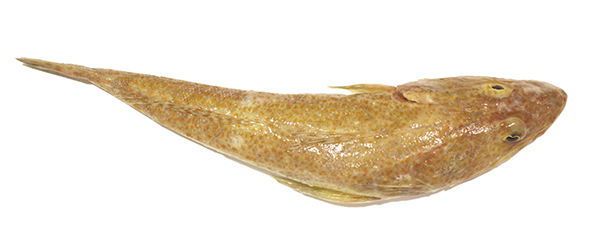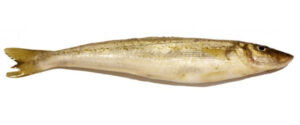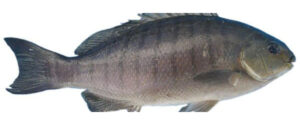Fishes
Cooking methods
Flathead

Rating
Standard Names
Tiger Flathead, Dusky Flathead, Rock Flathead, Deepwater Flathead, Southern Sand Flathead, Bluespotted Flathead
There are approximately 40 species of Flathead caught in Australia. These are generally sold together under the generic name of 'Flathead', though increasingly species such as Tiger Flathead and Rock Flathead are being marketed individually.
The various species are available year round from fisheries around the country. They are caught by different methods, including trawl, gillnets, danish seine and handline. Each of these methods will have a different impact on the environment and other species.
Further information about Government stock assessments and the Australian Flathead Fisheries is available using the following links:
- Tiger Flathead
- Dusky Flathead
- Deepwater Flathead
- Southern Sand Flathead
- Bluespotted Flathead
| Government Stock Assessment | |||||
| Overfishing | Biomass | AMCS Listing | Accreditations | ||
| Tiger flathead | Southern Australia (incl. C’wealth, Vic, NSW, Tas) |
Sustainable | Eat Less | – | |
| Deepwater flatheads | Commonwealth (Southern Coast) |
Sustainable | Eat Less | – | |
| Rock flathead | Victoria | Not Assessed | Not Assessed | SASAP Certified Sustainable | |
| Dusky Flathead | NSW | Sustainable | Better Choice | – | |
| Vic | Undefined | Better Choice | – | ||
| Queensland | Sustainable | Eat Less | – | ||
| Bluespotted (Sand) Flathead |
NSW | Sustainable | Not Assessed | – | |
| Southern Sand Flathead | SA, WA | Negligible Catch | Not Assessed | – | |
| Tasmania | Depleting | Not Assessed | – | ||
| Victoria | Sustainable (Port Phillip Bay ‘Recovering’) |
Not Assessed | – | ||
| What do these terms mean? | |||||
The why and how of sustainability
According to all government assessments, the main flathead species are all fished at a sustainable level. AMCS lists uncertainty over stock sizes and biology, and bycatch as the main areas of concern. These issues will clearly vary from fishery to fishery, but there is less uncertainty around the larger stocks such as tiger flathead, which is currently experiencing the highest catch rates in its 99 year history. Bycatch in the tiger and deepwater flatheads will be similar to other species in the South East Trawl. Bluespotted flathead is caught by inshore and prawn trawl of the east coast which can experience high discard rates, however these are being progressively reduced. Dusky and rock flathead are caught in estuaries with gill, haul and seine nets. The SASAP certification of the rock flathead in Victoria is an indication that estuarine fisheries can experience low bycatch.
Overall, flatheads seem in relatively good shape with all sustainability issues being addressed by government and industry. How much do you trust them to do the right thing? Whatever your view is, we need to ensure that managers and industry are precautionary and continue to improve their practices around issues of scientific uncertainty and bycatch.
Preparation and cooking
FLATHEAD is a very popular and versatile fish, suited to most cooking methods. The flesh of larger fish can be slightly dry and coarse though avoiding over-cooking by using gentle cooking methods should prevent this. A very popular fish for battering and deepfryng.
Whole fish can be roasted or BBQ’d, while fillets can be marinated, poached, steamed, grilled or fried.
Very fresh specimens can be eaten raw or marinated in a ‘ceviche’ style. Prepared this way it has a clean, fresh flavour and firm texture.







Sustainable Alternatives
Whiting
WHITING species are an alternative to Flathead. Their delicate white flesh and thin fillet make them ideally suited to battering and deepfrying, though they are also excellent pan fried, grilled or baked whole.
Luderick
Though it is not nearly as well known, LUDERICK is just as versatile as Flathead and can be used as a suitable sustainable alternative. Grill, panfry or BBQ fillets or cook whole fish by steaming, baking or BBQ’ing.


